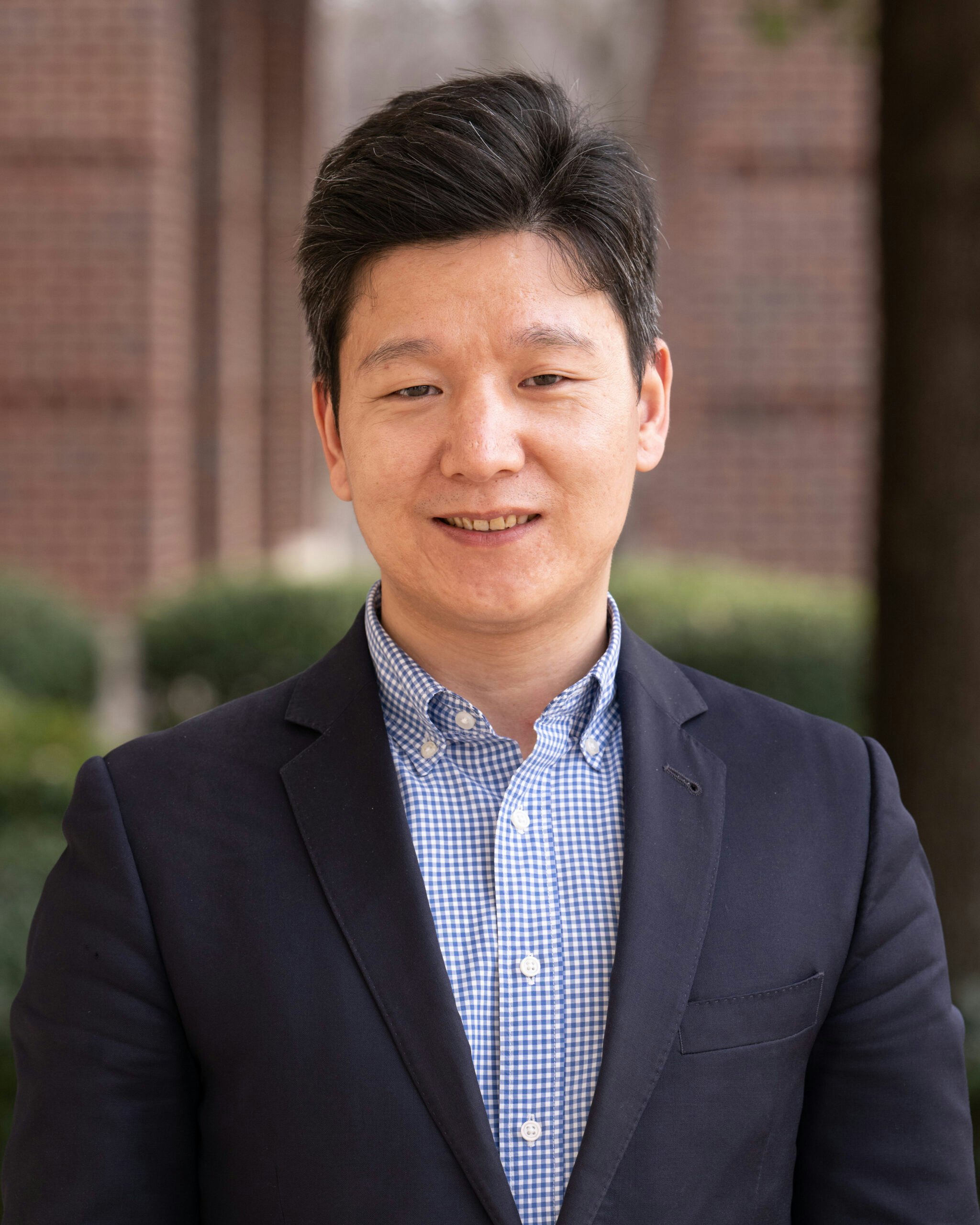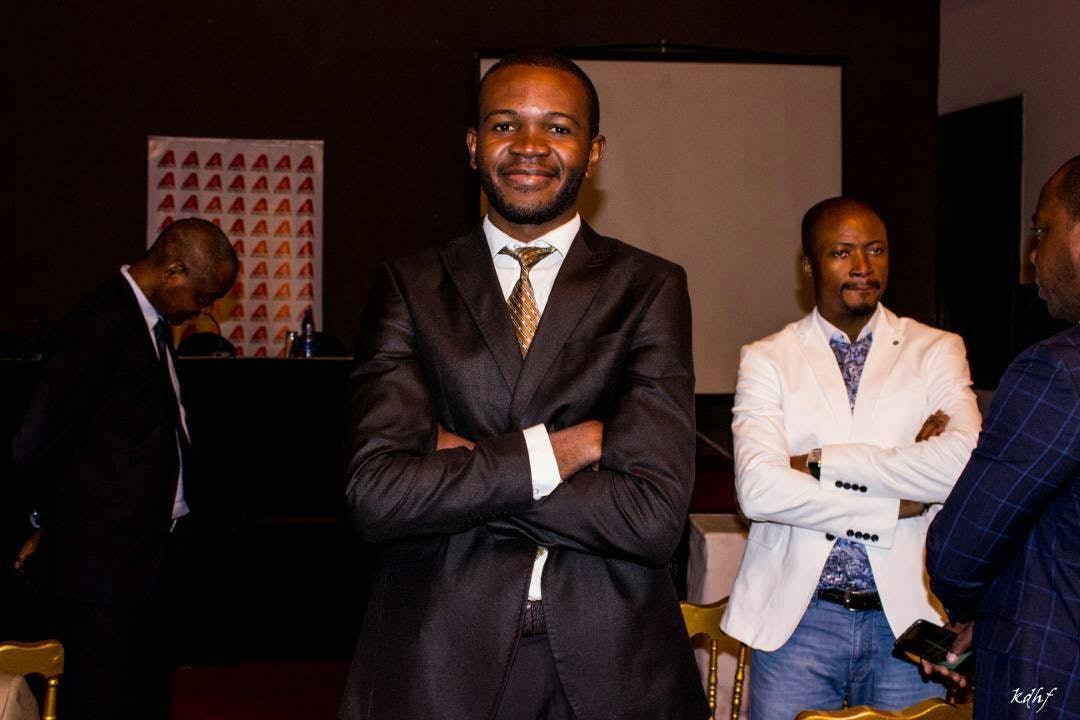In Afghanistan’s choosing of a new president, a whiff of hope emerged for the country’s long-suffering women. Results are due May 14,...
In Afghanistan’s choosing of a new president, a whiff of hope emerged for the country’s long-suffering women. Results are due May 14, when one of the five serious contenders is expected to win, ending the 12-year presidency of Hamid Karzai, who is bound by the constitution to step down.
Though none of the contestants are female, women have become part of the political fabric like never before. The campaign has produced a female vice presidential hopeful (Habiba Sarobi), an outspoken and rallying potential First Lady (Rula Ghani) and the largest number of women ever – some 300 — running for provincial seats.
This is good news, especially in light of the drawdown of U.S.-led troops by the end of this year, which many fear will spur a security vacuum.
More female participation is also positive for the local media, a veritable success story of the world’s intervention in Afghanistan. As a reporter in Kabul for almost two years, I was impressed by Afghanistan’s lively and relatively free press corps. It has steadily thrived since the Taliban was ousted from power 13 years ago. Today the country has 9,000 local journalists. For a country of 30 million, this is a lot – around the same press saturation as here in the United States. Of these, about 2,000 are women.
However, I was shocked when I learned that not a single Afghan female journalist worked for the foreign news outlets in Afghanistan. Not the New York Times, nor the BBC, nor my own organization, Reuters. The list goes on. I found the widespread lack of Afghan female reporters a systemic failure by the international press. As a result, stories by Afghan female reporters stay within the region and get limited global attention. The world hears and reads about Afghan women’s lives and communities through reporting by Afghan men, foreign men, and foreign women.
I want to fix this. Over the past year, as a John S. Knight Journalism Fellow at Stanford, I developed Sahar Speaks! Divided into three stages, Afghan female reporters will receive training, mentoring, and content publishing opportunities.
Together with the International Women’s Media Foundation in Washington, D.C., we are seeking funding for the program, which we hope to get off the ground in 2014. Beginning in Kabul, we plan to extend to other regions, pending on funding. Sahar Speaks! will serve as a replicable model, set a new standard for reporting out of the country, provide new confidence and skills, and encourage foreign news outlets to step up and employ Afghan female reporters. – therefore telling a more accurate story.
Since the Taliban was toppled in late 2001, Afghan women’s rights have dramatically improved, winning back access to work and education.
However, such hard-fought gains lay on shaky ground. Murders of high-profile women are on the rise, a law eliminating violence against women failed to become permanent, and parliament recently sought to exonerate perpetrators of domestic violence.
It is vital that we hear Afghan women’s stories, as reported by them.
Like other marginalized groups, Afghan women need our investment and our time.
Guest blogger Amie Ferris-Rotman is a John S. Knight Journalism fellow at Stanford University. Previously, she was senior correspondent for Reuters in Afghanistan.





























